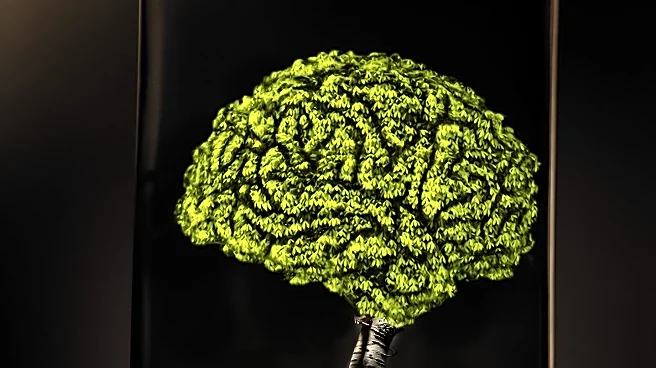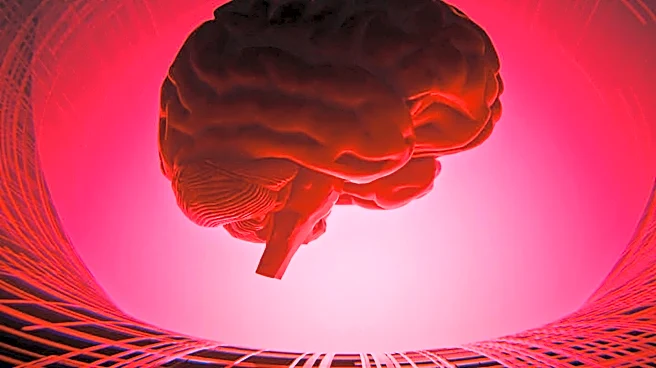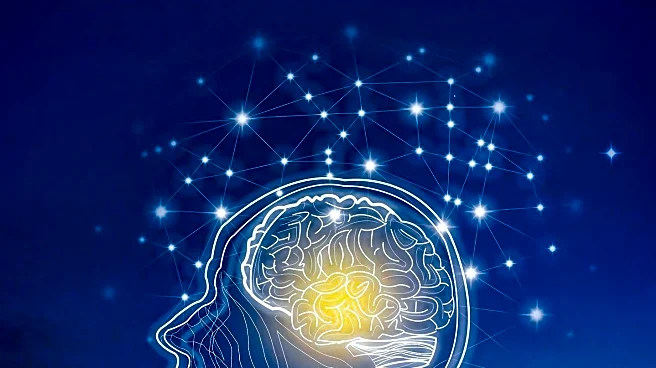What's Happening?
Researchers from the University of Cambridge, UCL, the Francis Crick Institute, and Polytechnique Montréal have developed a new imaging technique that allows for the visualization and measurement of protein
clusters, known as alpha-synuclein oligomers, in human brain tissue. These oligomers are believed to be the starting point for Parkinson's disease, a condition affecting millions globally. The technique, called ASA-PD (Advanced Sensing of Aggregates for Parkinson's Disease), uses ultra-sensitive fluorescence microscopy to detect and analyze these microscopic structures, which were previously undetectable. The findings, published in Nature Biomedical Engineering, could revolutionize the study of Parkinson's by providing insights into its early stages and potentially leading to earlier diagnosis and targeted treatments.
Why It's Important?
This breakthrough in imaging technology is significant as it offers a new way to study Parkinson's disease at its earliest stages, potentially transforming how the disease is diagnosed and treated. By identifying the presence and characteristics of alpha-synuclein oligomers, researchers can better understand the progression of Parkinson's and develop more effective interventions. The ability to visualize these protein clusters could also be applied to other neurodegenerative diseases, such as Alzheimer's and Huntington's, broadening the impact of this research. The development of ASA-PD represents a major step forward in neurological research, offering hope for improved outcomes for patients suffering from these debilitating conditions.
What's Next?
The research team plans to further explore the application of this imaging technique to other neurodegenerative diseases, potentially leading to new diagnostic tools and treatments. The findings may prompt additional studies to investigate the role of alpha-synuclein oligomers in the progression of Parkinson's and other diseases. Collaboration with organizations such as the Michael J. Fox Foundation and the Medical Research Council could facilitate the development of new therapies based on these insights. Continued research and technological advancements in this area are expected to enhance our understanding of brain diseases and improve patient care.
Beyond the Headlines
The ability to visualize protein clusters in the brain opens up new ethical and scientific discussions about the treatment and management of neurodegenerative diseases. This research highlights the importance of studying human brain tissue directly, despite the challenges posed by its complexity. The findings underscore the need for continued support and collaboration between research institutions and funding bodies to advance scientific understanding and develop effective treatments. The donation of brain tissue by patients and families plays a crucial role in enabling such breakthroughs, emphasizing the human element in scientific progress.











